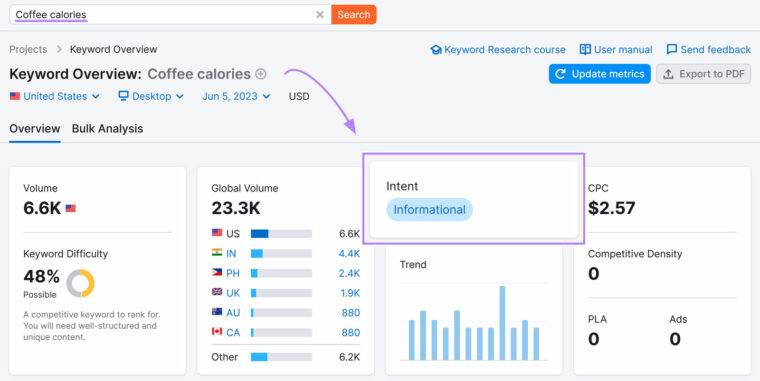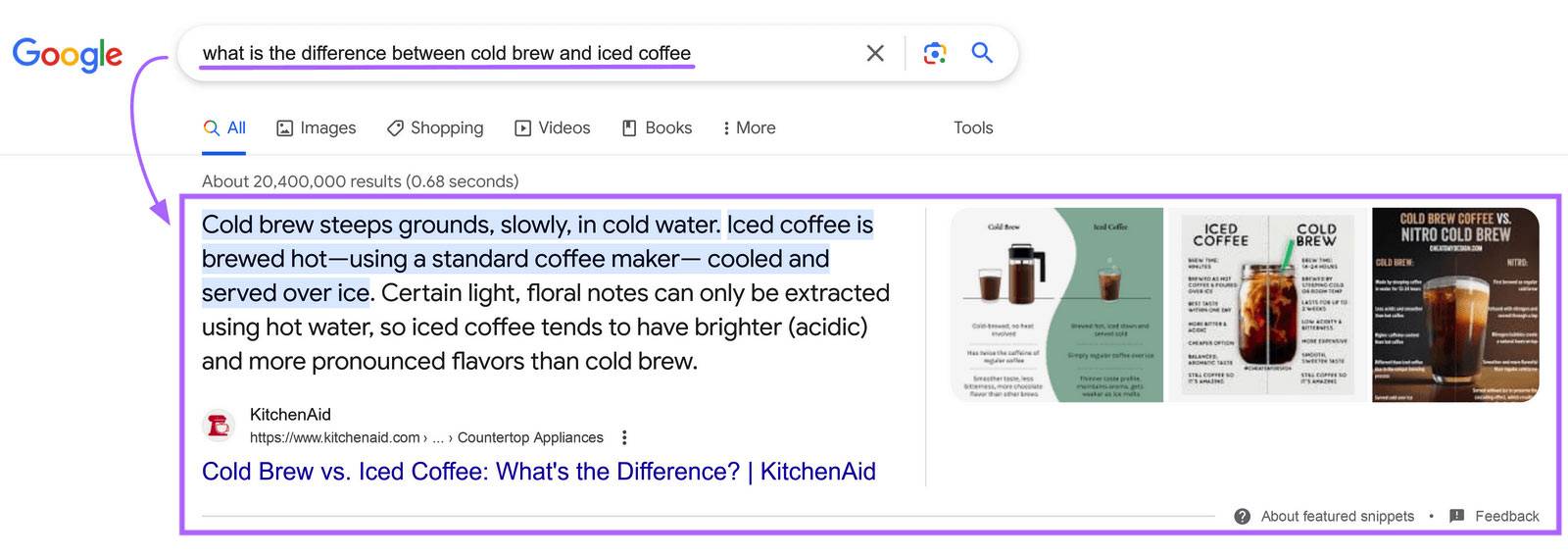Keyword Intent: To Succeed at SEO We Must First Understand

Key word Intent you say? Well, in the world wide web of of digital marketing, at Back9 Creative we know that SEO (search engine optimisation) is complicated enough. Add to that the question what the heck is Search Engine Marketing? It’s nothing short of a minefield! We also say with Keywords, the right words are key! Therefore we also recognise that understanding the nuances of something like keyword intent is equally as tricky.
However it can be the key to unlocking a successful strategy. Each search query reflects a user’s intent, whether they seek information, aim to make a purchase, navigate to a specific website, or conduct a transaction. Recognising and catering to these intents can significantly enhance your ability to connect with potential and existing customers. So, let’s delve deeper into what keyword intent is, its significance, and how it can shape your messaging for better engagement.
What is Keyword Intent?
Keyword intent refers to the underlying motive behind a user’s online search query. It encompasses the user’s purpose, whether they intend to gather information, navigate to a particular website, make a purchase, or engage in a transaction. Understanding keyword intent involves deciphering the user’s needs and preferences based on the search terms they use.
Breaking Down Keyword Intent:
1. Informational Intent
When users have an informational intent, they seek answers to questions or want to learn more about a particular topic. Queries typically start with words like “how to,” “what is,” or “best practices.” For instance, a search query like “how to tie a tie” indicates an informational intent.
Informational keywords are search queries used by people who want to learn something.
Here are some informational keyword examples:
1. Coffee calories
2. National coffee day
3. What is the difference between cold brew and iced coffee

Whilst Informational keywords frequently start with “what,” “why,” “how,” and so on.(they don’t always) take the form of question keywords.
For example, here’s the featured snippet for the informational keyword “what is the difference between cold brew and iced coffee”:

Informational keywords are usually higher in the marketing funnel. This means that people are earlier in their buying journeys. And less likely to take action (e.g., make a purchase)
As a result, informational content tends to have a lower conversion rate. But it can help you build brand awareness. And become an authority in your niche.
2. Navigational Intent
Navigational intent occurs when users want to locate a specific website or webpage. They already have a destination in mind and use search engines to find the quickest route. These queries often include brand or website names. For example, a search for “Facebook login” demonstrates navigational intent.
earchers use navigational keywords to find a specific site or page.
When someone types a website or brand name into a search engine, they perform a navigational search.
Here are some navigational keyword examples:
- Youtube
- Semrush blog
- Where is angelino’s coffee located

People behind these searches already know the company or product. And want to find the correct website or physical location to get to their products or services.
These keywords can be helpful sources of organic traffic when the brand or the site are well-known and popular.
You should naturally rank highly for keywords that contain your brand name.
3. Transactional Intent:
Transactional intent signifies that users are ready to make a purchase or engage in a specific action. They may be comparing prices, seeking reviews, or looking for product-specific information. Transactional queries often include words like “buy,” “order,” or “discount.” For instance, “buy iPhone 13 Pro Max” reflects transactional intent.
Transactional keywords are the keywords that show the strongest intent to buy or take imminent action.
These keywords can be targeted with paid ads and highly optimized product pages. Or other landing pages where users can take immediate action on a site.
Here are some transactional keyword examples:
- Buy crypto online
- Sandwich places near me that deliver
- Pickup truck for sale

These searches can happen after someone has already searched for information, made a decision, and is determined to now take a specific action or make a purchase.
Transactional keywords often feature words like “buy,” “subscribe,” “for sale.” So, their SERPs often have Google Shopping Ads.
Like these:

Transactional keywords can also be called buyer keywords because they’re most likely to be used by a person at the bottom of the buying funnel. That means these keywords are highly valuable when doing keyword research and planning an SEO or PPC strategy.
As a general rule, transactional keywords describe a product or service more precisely (“neon blue unisex watch,” for example). More general keywords (e.g., “men’s watches”) fit into the commercial category.
4. Commercial Investigation
(Commercial) Intent: This intent lies between informational and transactional intent. Users with commercial investigation intent are researching products or services with the intention to make a purchase in the near future. They seek comparisons, reviews, and recommendations before making a buying decision. Queries may include terms like “best,” “compare,” or “review.” For instance, a search for “best DSLR cameras” demonstrates commercial investigation intent.
People use commercial keywords to research specific brands, products, or services. They may want to check reviews, compare products, or look for discounts.
You can target these keywords with comparison articles, listicles, reviews, or how-to articles. Depending on the specific keyword.
Here are some commercial keyword examples:
- Free coffee
- Dunkin iced coffee flavors
- Peet’s coldbrew vs starbucks coldbrew

These keywords reveal a person’s intention to buy or take some form of commercial activity in the future. So they can help you to reach high-quality prospects.
Importance of Understanding Keyword Intent:
Tailoring your messaging to match the intent behind users’ search queries is crucial for several reasons:
- Relevance: By aligning your content with user intent, you ensure that your messaging resonates with their needs and interests, increasing the likelihood of engagement.
- User Experience: Providing relevant content enhances the overall user experience, leading to higher satisfaction levels and increased trust in your brand.
- Conversion Optimization: Matching keyword intent with appropriate messaging can drive conversions by guiding users seamlessly through the sales funnel.
- Competitive Edge: Understanding keyword intent enables you to outmaneuver competitors by delivering more targeted and compelling content to your audience.
Crafting Your Messaging Strategy:
To effectively tailor your messaging based on keyword intent, follow these steps:
- Keyword Research: Conduct thorough keyword research to identify the various intents behind relevant search queries related to your industry or niche.
- Content Optimization: Create or optimize your content to address the specific needs and intents of your target audience. Use language and tone that resonate with each intent type.
- Call-to-Action (CTA) Alignment: Ensure that your CTAs align with the desired action corresponding to the user’s intent. Whether it’s encouraging exploration, guiding a purchase decision, or providing further information, your CTAs should be clear and compelling.
- Analytics Monitoring: Continuously monitor and analyze the performance of your messaging strategy. Track metrics such as click-through rates, conversion rates, and engagement levels to gauge effectiveness and make adjustments as needed.
Understanding keyword intent
Understanding keyword intent is just one part of What SEO is all about, but it’s not just about optimising for search engines; it’s about connecting with your audience on a deeper level. By deciphering the intent behind user searches and tailoring your messaging accordingly, you can provide valuable, relevant content that resonates with potential and existing customers. Couple keyword intent analysis with Keyword Competition and Incorporate it into your marketing strategy to enhance engagement, drive conversions, and ultimately, foster long-term customer relationships. If you would like to learn all about seo check out our Ebook below.





